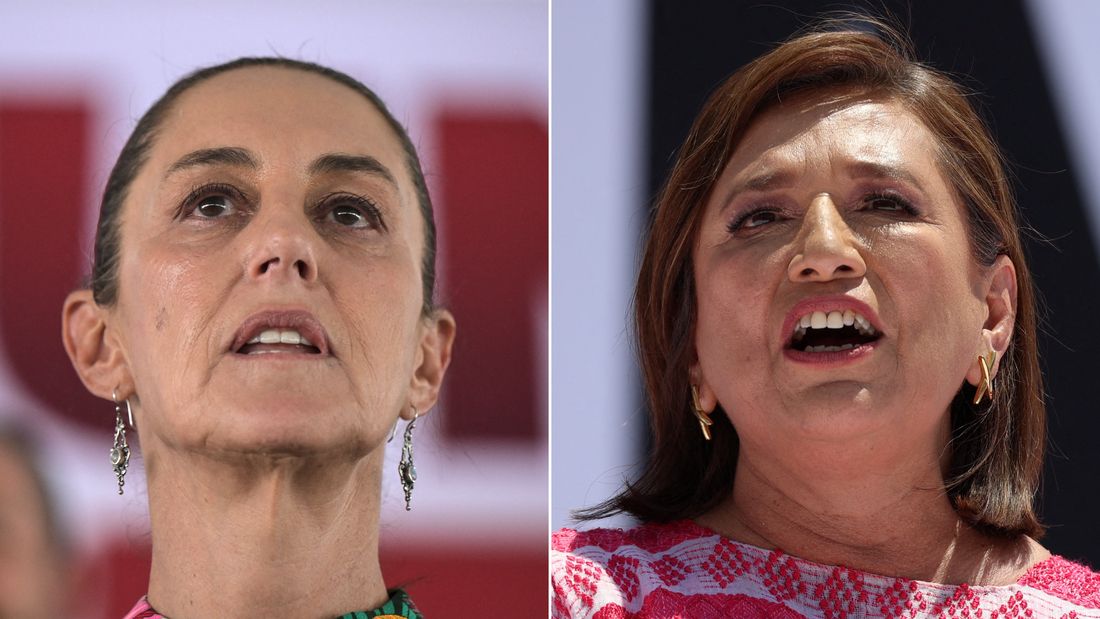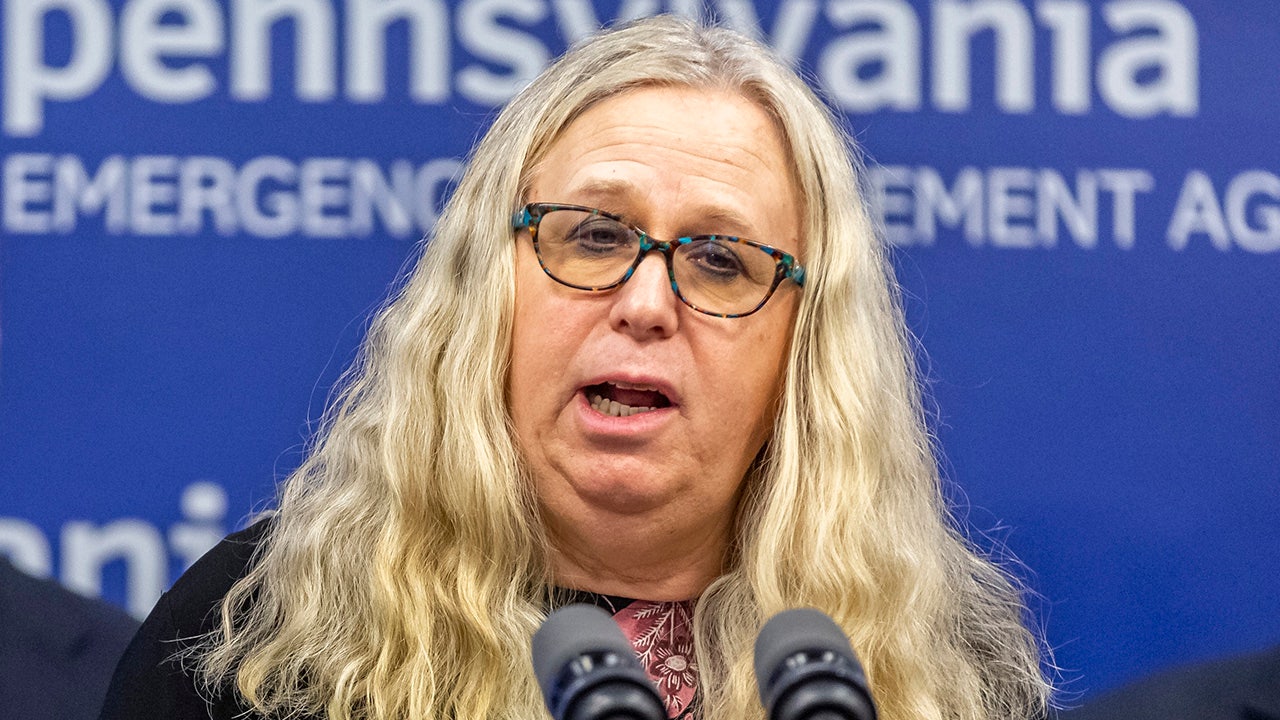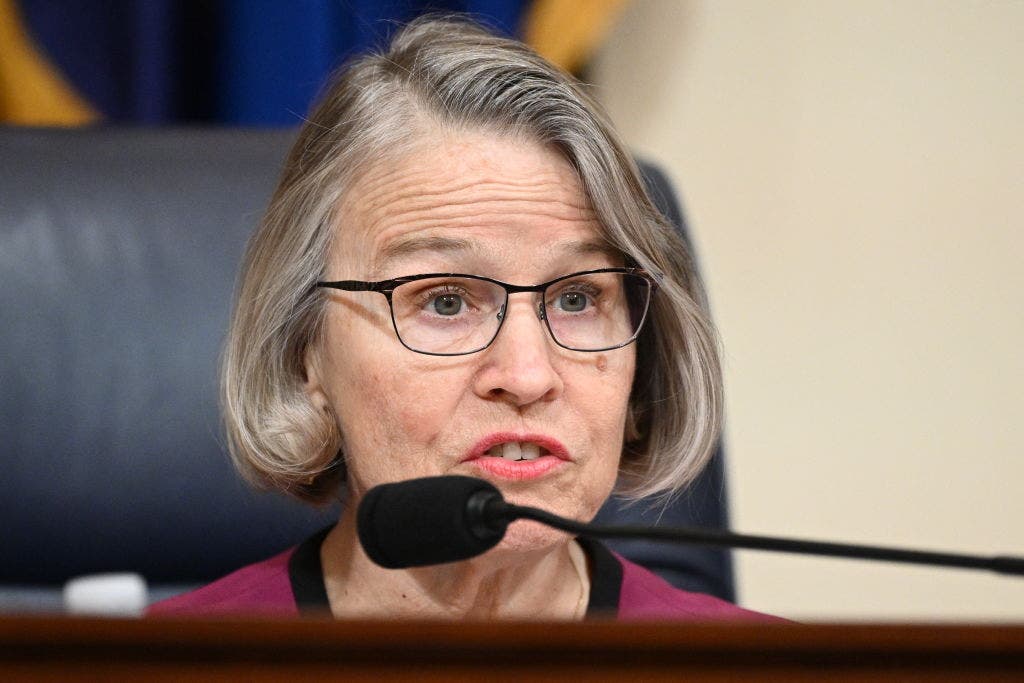With more than 98 million eligible voters, some 70,000 candidates and more than 20,000 public offices up for grabs, Mexico's June 2 general election will be the largest in the country's history.
But it's not just the massive scale of the event that makes it so important in the eyes of observers across the border in the United States.
For the first time in history, the country appears ready to elect its first female president. The two favorites are women: Claudia Sheinbaum, from the Morena party, backed by the ruling coalition Let's Keep Making History, and Xóchitl Gálvez, backed by a coalition of opposition parties.
The vote is also important because it is held in the same year as the US presidential election – something that happens only once every 12 years – and comes at a time of transition in the relationship between the two countries.
“The years in which the only thing the United States wanted was a safe and stable Mexico are over. Now he is also interested in a country with good public policies,” said Rafael Fernández de Castro Medina, director of the Center for United States-Mexico Studies at the University of California, San Diego, pointing to the growing number of Latinos in the United States and the growing links between the two countries.
Here's a look at some of the most important issues affecting the relationship between the United States and Mexico that will be influenced by Sunday's vote:
Economy: Last year, Mexico became the United States' main trading partner, surpassing China and Canada. Experts say this is largely because geopolitical issues such as the pandemic, the legacy of Trump's trade war against China and the war in Ukraine encouraged nearshoring (the relocation of supply chains closer to home), which boosted US imports from Mexico and its countries. investment in the country.
Migration: While migration across both countries' 1,933-mile border is a shared concern, the issue occupies a much lower place on the agenda of Mexican politicians than in the United States, where it could be a decisive factor in the November vote. , according to Carin Zissis, editor-in-chief of the Americas Society/Council of the Americas website. “Sheinbaum and Gálvez's speeches on migration are not very strong or very different from each other, nor do they address much of what to do with migrants in the country,” she stated. The problem for American politicians is that they need the buy-in of their Mexican counterparts for their own immigration policies to succeed.
Fentanyl and drug trafficking: Security is another pillar of the bilateral relationship, particularly in terms of the thriving cross-border drug trade that plagues both countries. While the United States has been grappling with a domestic health crisis due to the amount of fentanyl on its streets, Mexico faces increasing violence linked to cartels, even in the run-up to elections, which have been marred by dozens of attempted murder and other political violence.
Read the full analysis here.












